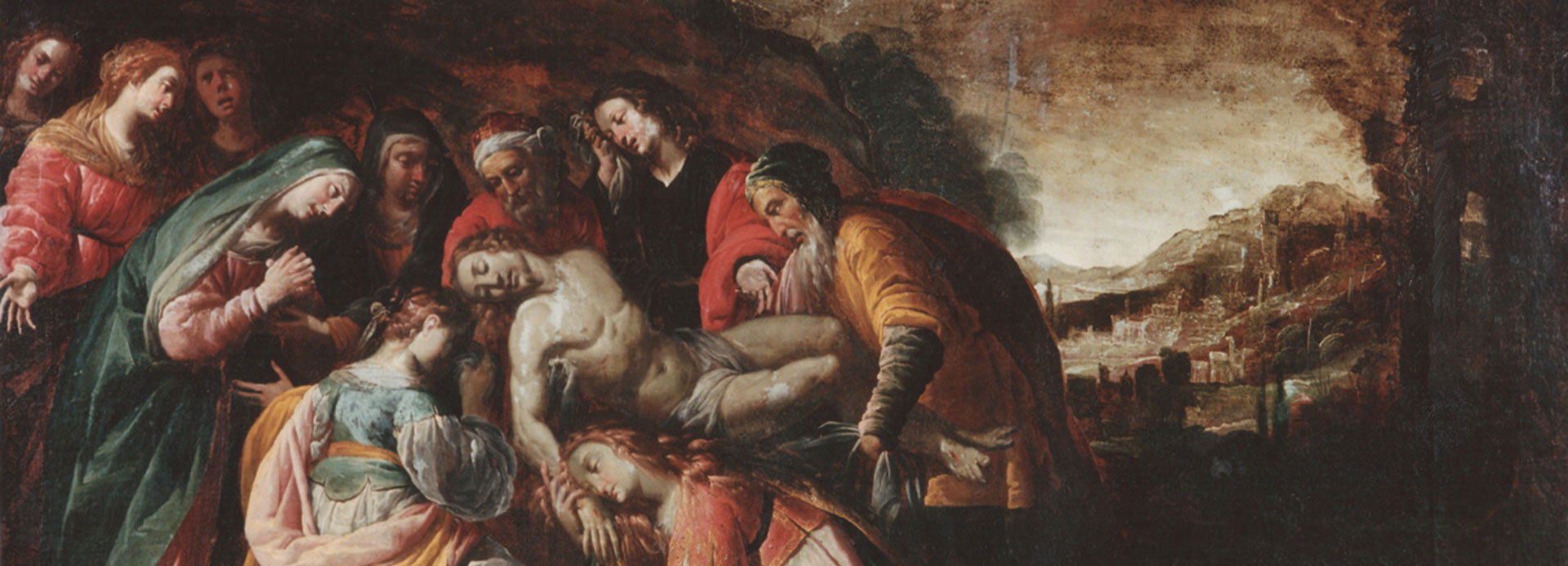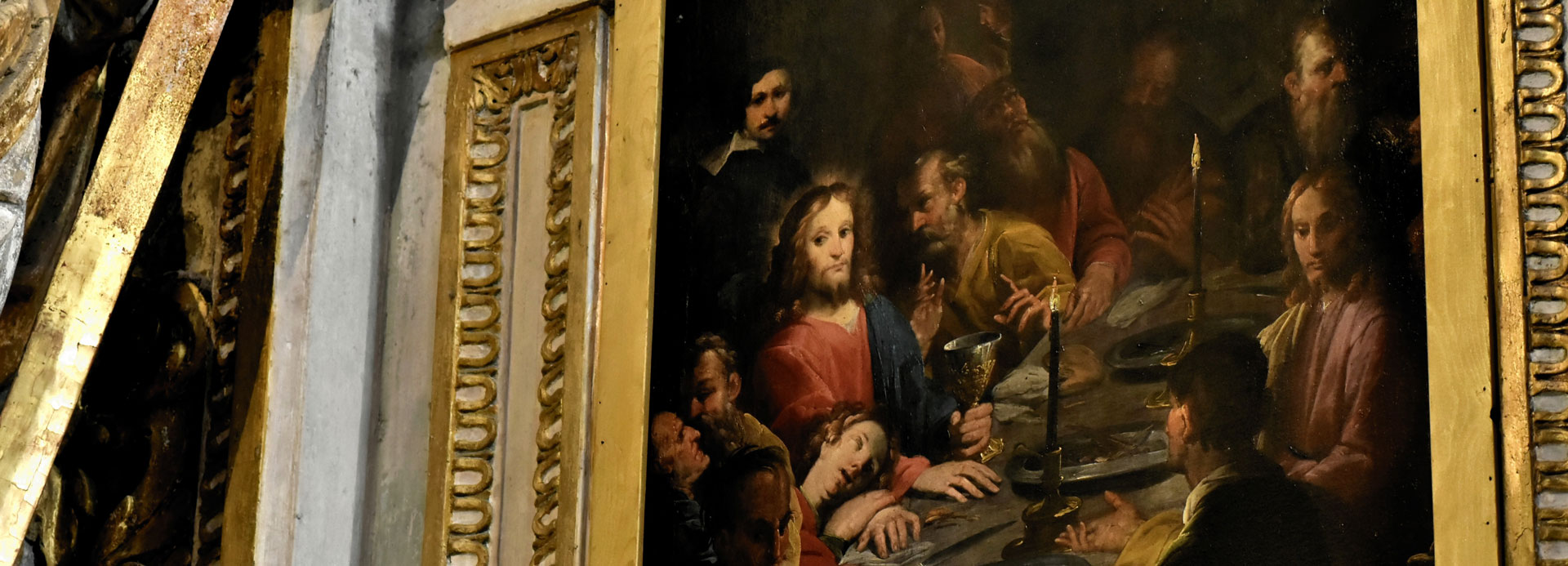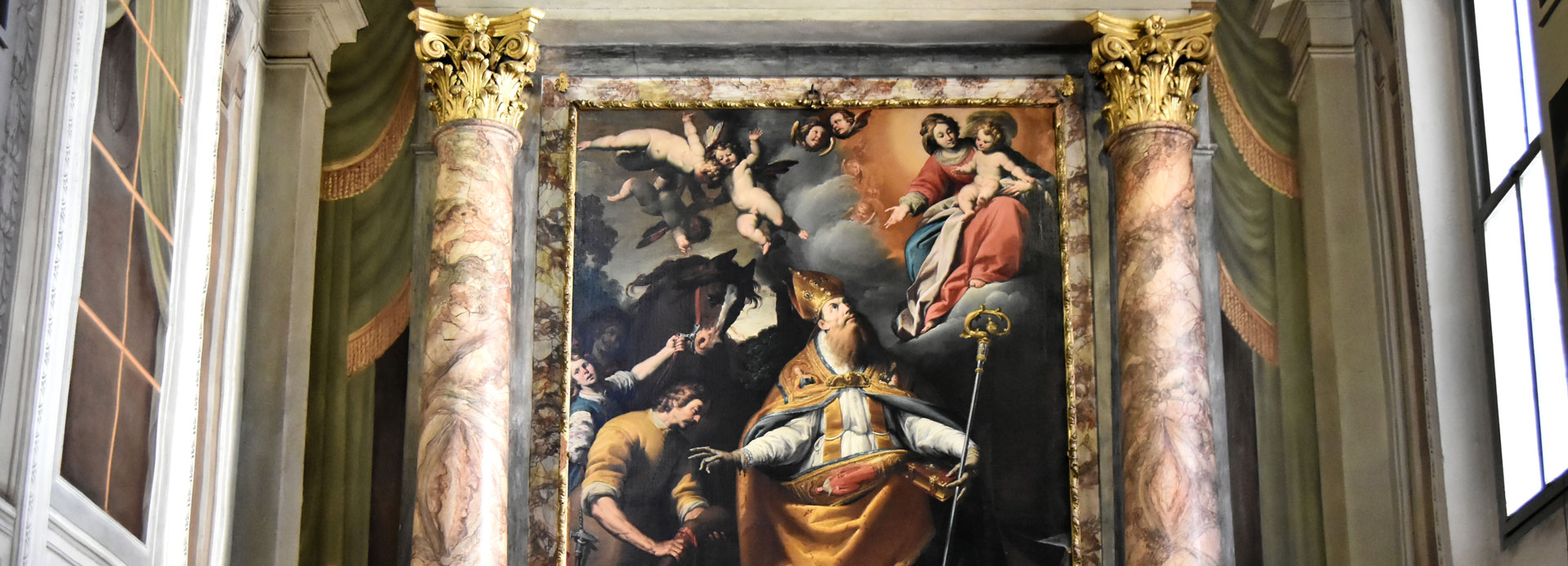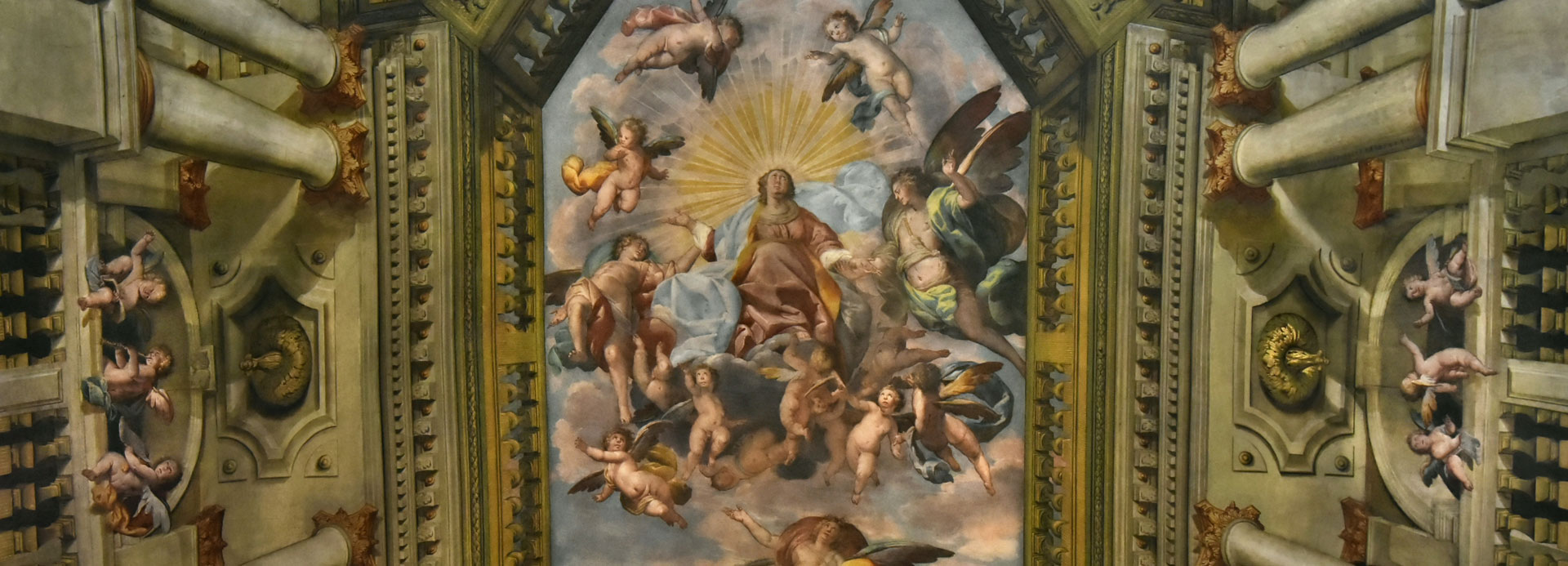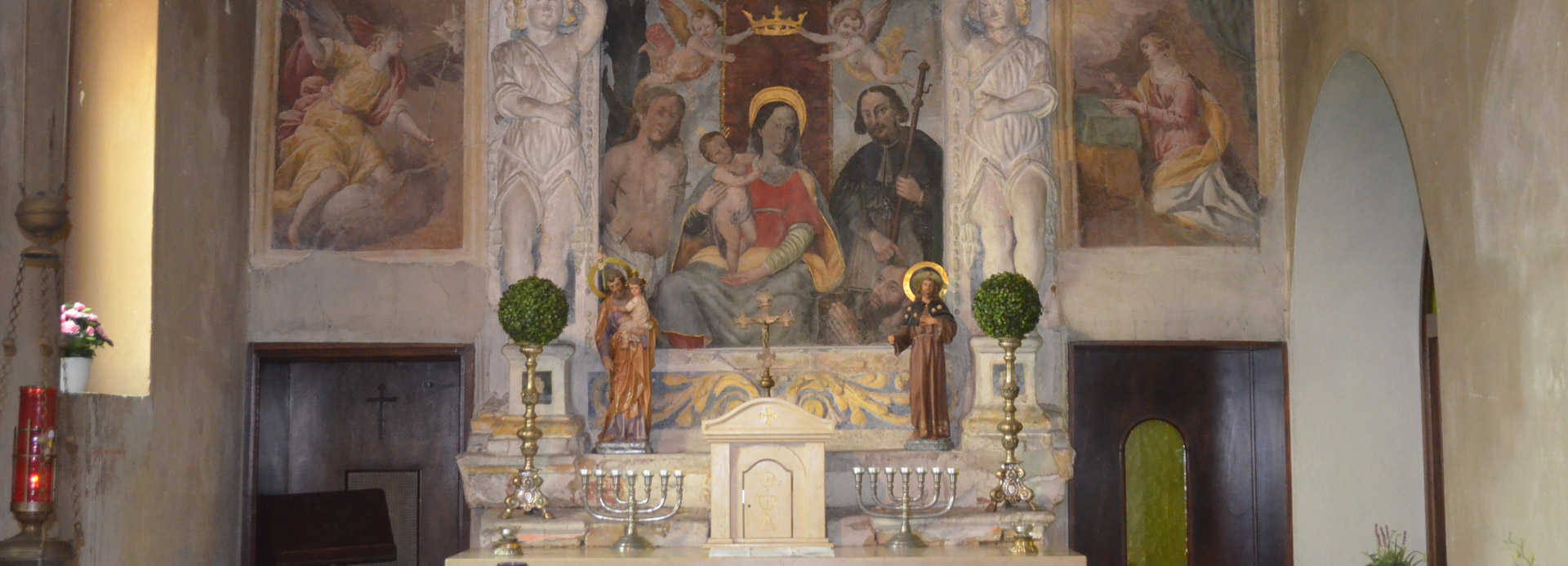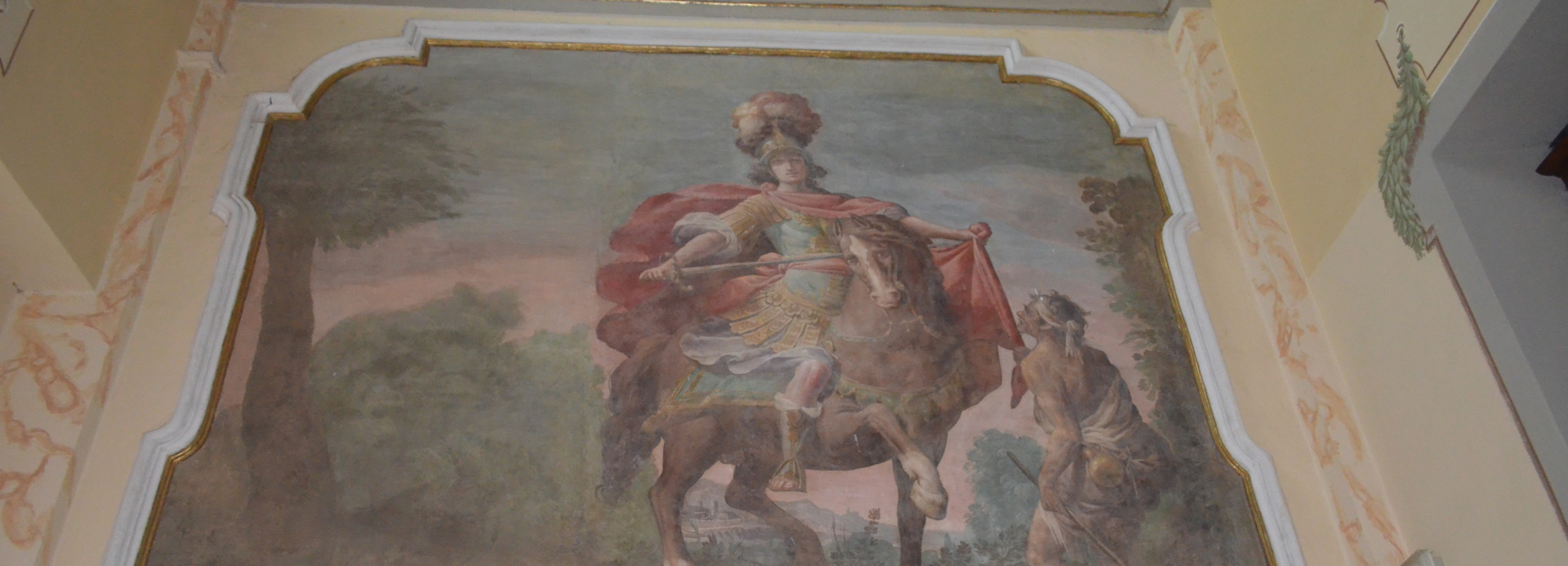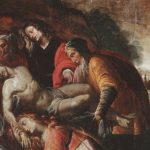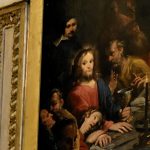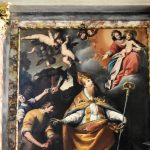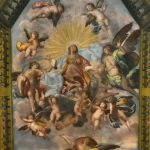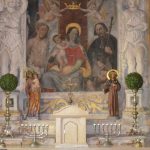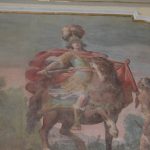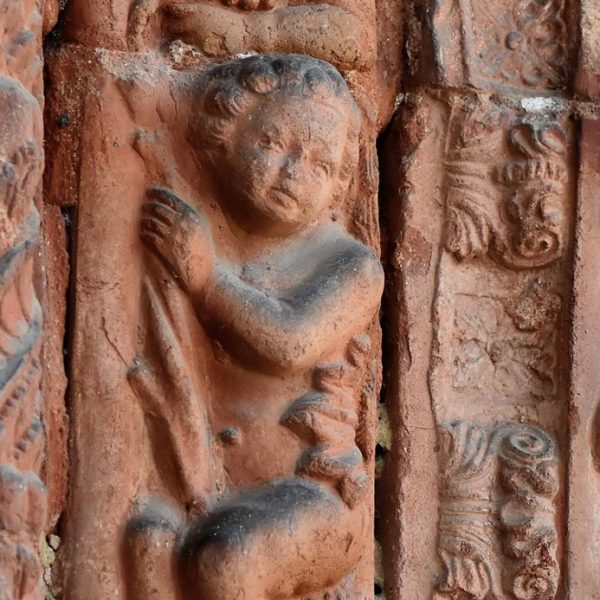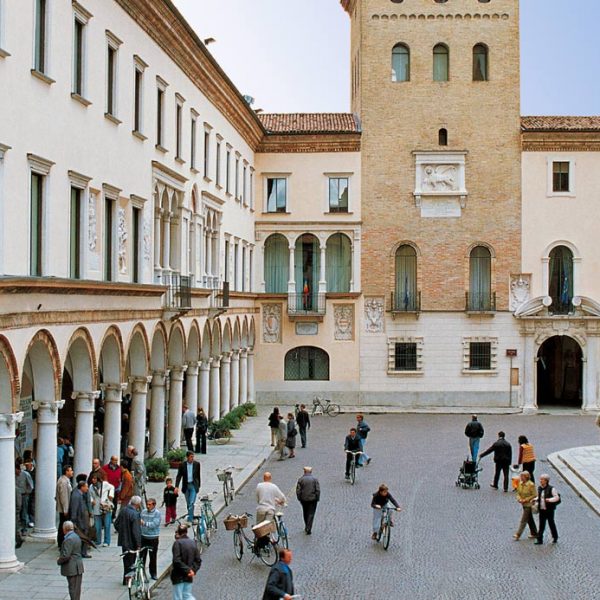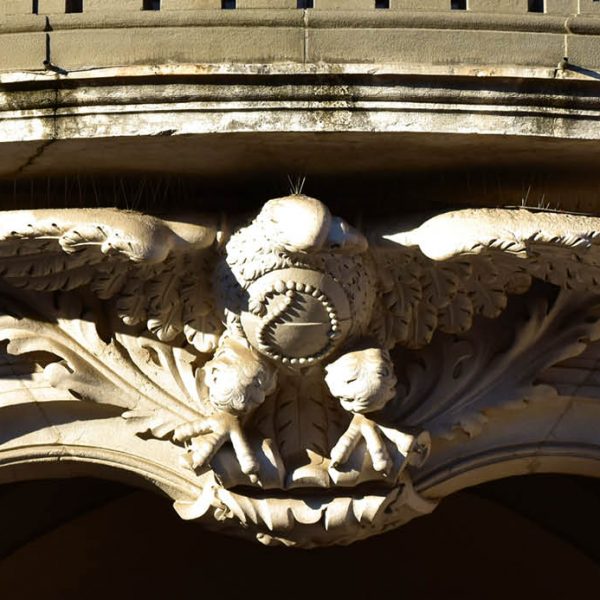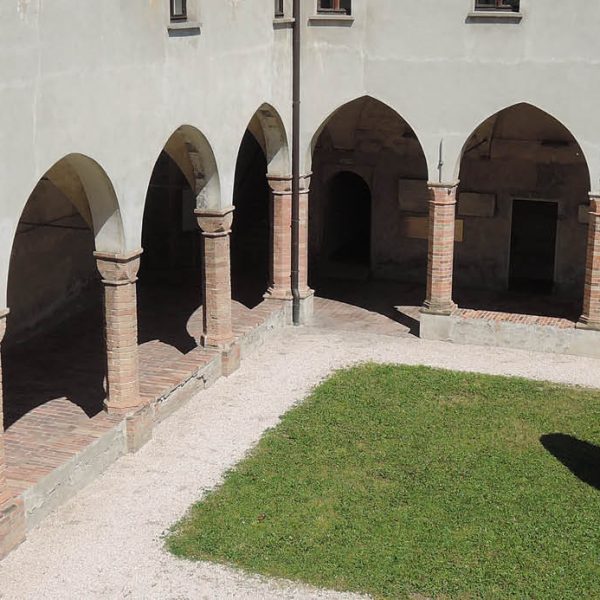 Tutti gli itinerari
Tutti gli itinerari
The only Baroque artist in the region
For art lovers and in particular for those who love Lombardy 17th century art, we propose an itinerary on a discovery of the greatest painter Crema has produced, Gian Giacomo Barbelli (Offanengo, 1604 – Calcinate, 1656), “the only Baroque [artist] in the region”, according to Roberto Longhi, the famous art historian.
We are going to take you on a tour of some of his frescoes in the churches in Crema and the story of his paintings in the Civic Museum of Crema and the Cremasco. There will also be further suggestions for trips outside the town to continue the discovery of his works in the surrounding area.
Gian Giacomo Barbelli was born in Offanengo in 1604 and was educated in the workshop of Tommaso Pombioli (Crema, 1579 – 1636 circa). Between 1625 and 1630 he worked in Milan, in Valtellina and in the northern part of Lake Como, before returning to settle in his hometown. During his lifetime he worked in the areas of Brescia, Bergamo and Lodi.
Town centre
The visit starts with the church of San Benedetto , where the painter worked in the1730-40s. He decorated three chapels, the first being the Chapel of the Virgin (second on the left), decorating it with scenes from the Vita di Maria (Life of Mary). He worked in the Chapel of the Santissimo Sacramento (first on the left), where we find Gloria del Sacramento, Pasqua in Egitto, Raccolta della Manna . Two paintings also hang here l’Ultima Cena, (The Last Supper) Fig. 1 where it is interesting to spot a self-portrait of Barbelli in the figure with the white collar, behind Jesus, and Elia e l’Angelo. Finally he worked on the chapel of San Sebastiano (first on the right) with paintings dedicated to San Sebastiano, Santa Zoe and San Tranquillino.
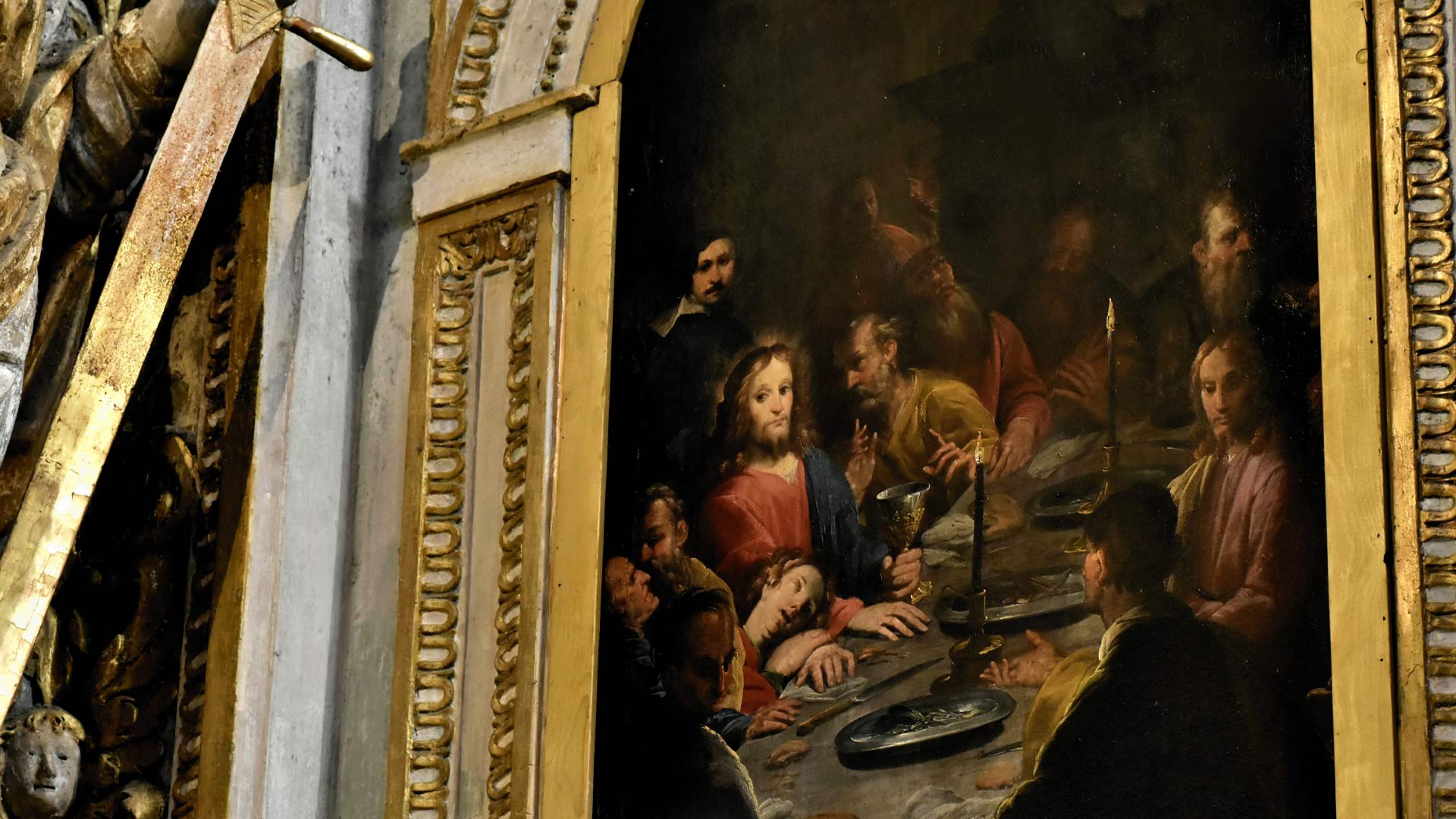
Let’s now head on to the Civic Museum of Crema and Cremasco [link pagina museo], where we can admire a beautiful depiction of The Deposition from the Cross (1646)
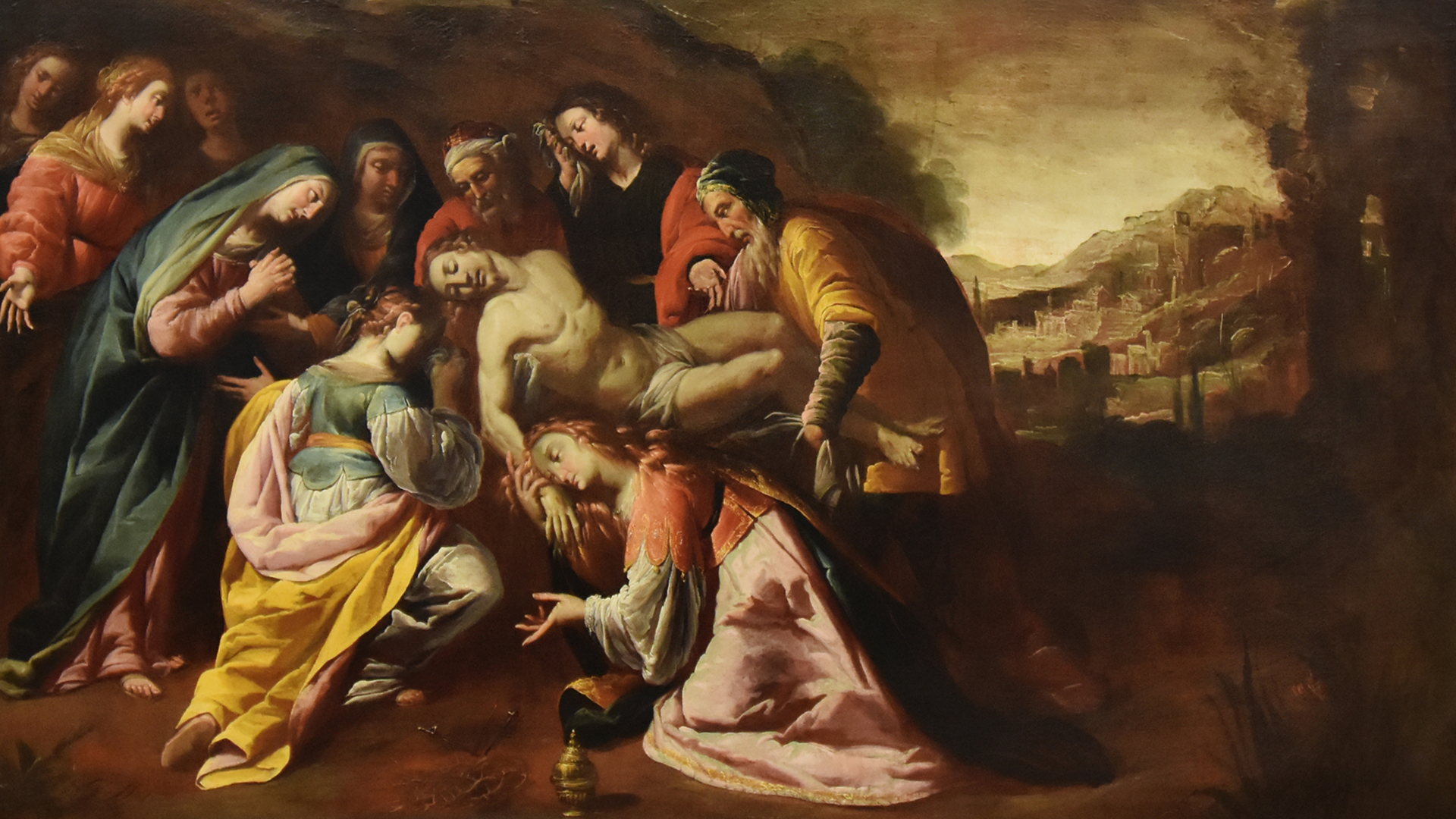
Next on our itinerary is the neighborhood of San Giacomo, where the painter once lived. We recommend a quick tour of the parish church of San Giacomo Maggiore where we find the Madonna col Bambino with Saints Rocco and Sebastiano. However, there is debate as to whether Barbelli or Pombioli produced this canvas. Onwards to the Oratory S.John the Baptist, link pagina San Giovanni Battista], built between 1583-99 thanks to the charitable association of the Confratelli. Barbelli was commissioned to decorate the oratory in 1636, when he reproduced scenes from the life of San Giovanni Battista . You can see The Annunciation of the Angel to Zaccariah, The Visitation, The Birth of John the Baptist, Christ’s Baptism, Meeting with the Priests in the Desert, Herod’s Banquet, The Apotheosis of John the Baptist and finally on the triumphal arch you can see John the Baptist’s Sermon and Charitable Works, as well as the two canvases of the Annunciation. In the scene of The Annunciation of the Angel to Zaccariah, you can make out the signature of the painter and the date.
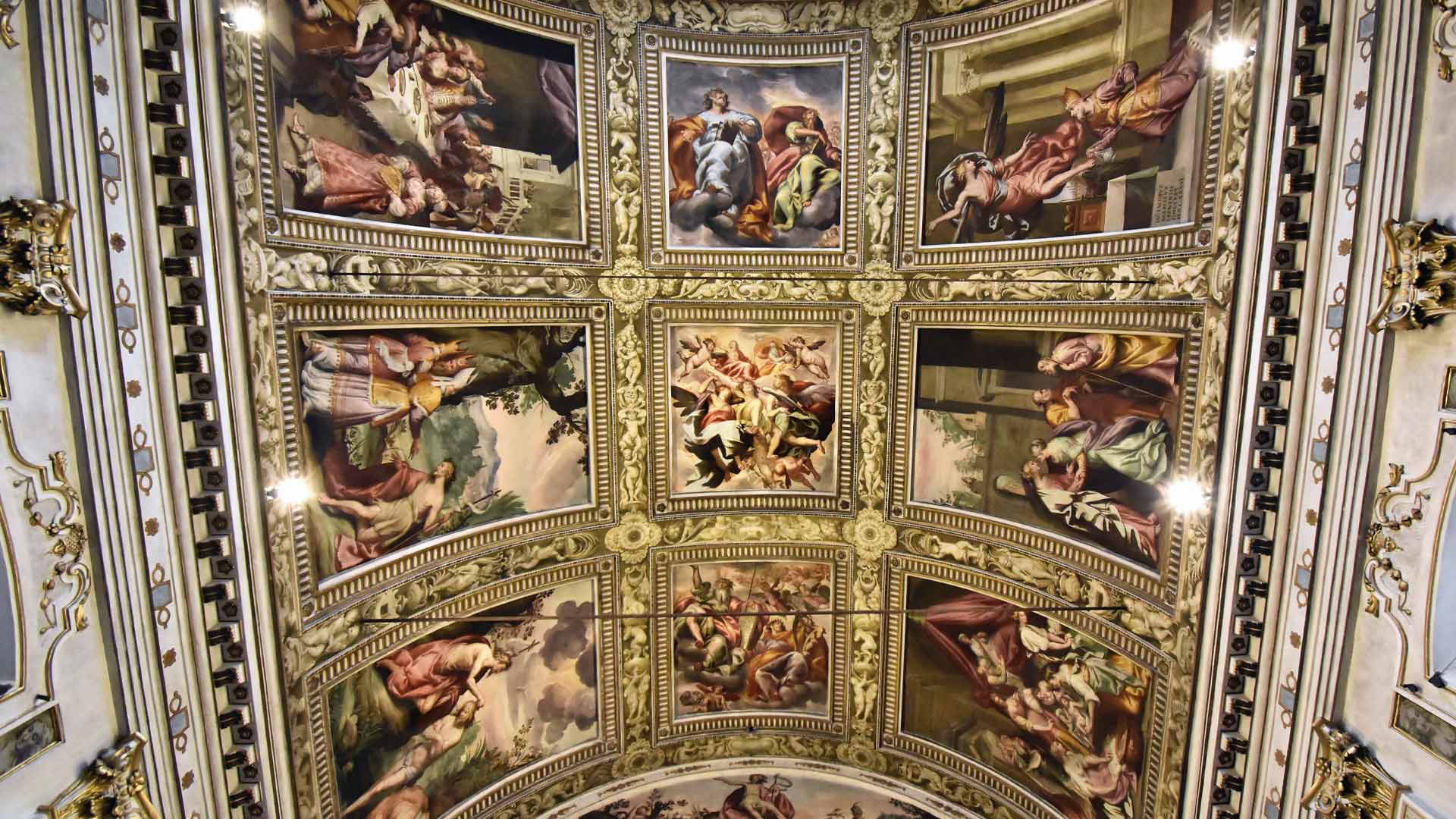
At this point we recommend you move to Piazza Duomo. The first stop is in Palazzo Pretorio , where you will find the seven portraits of Venetian authorities and captains who governed the town of Crema, created by Barbelli and his studio between 1640-1651 in the hall of the Consiglio Comunale, called the Sala degli Ostaggi Cremaschi.
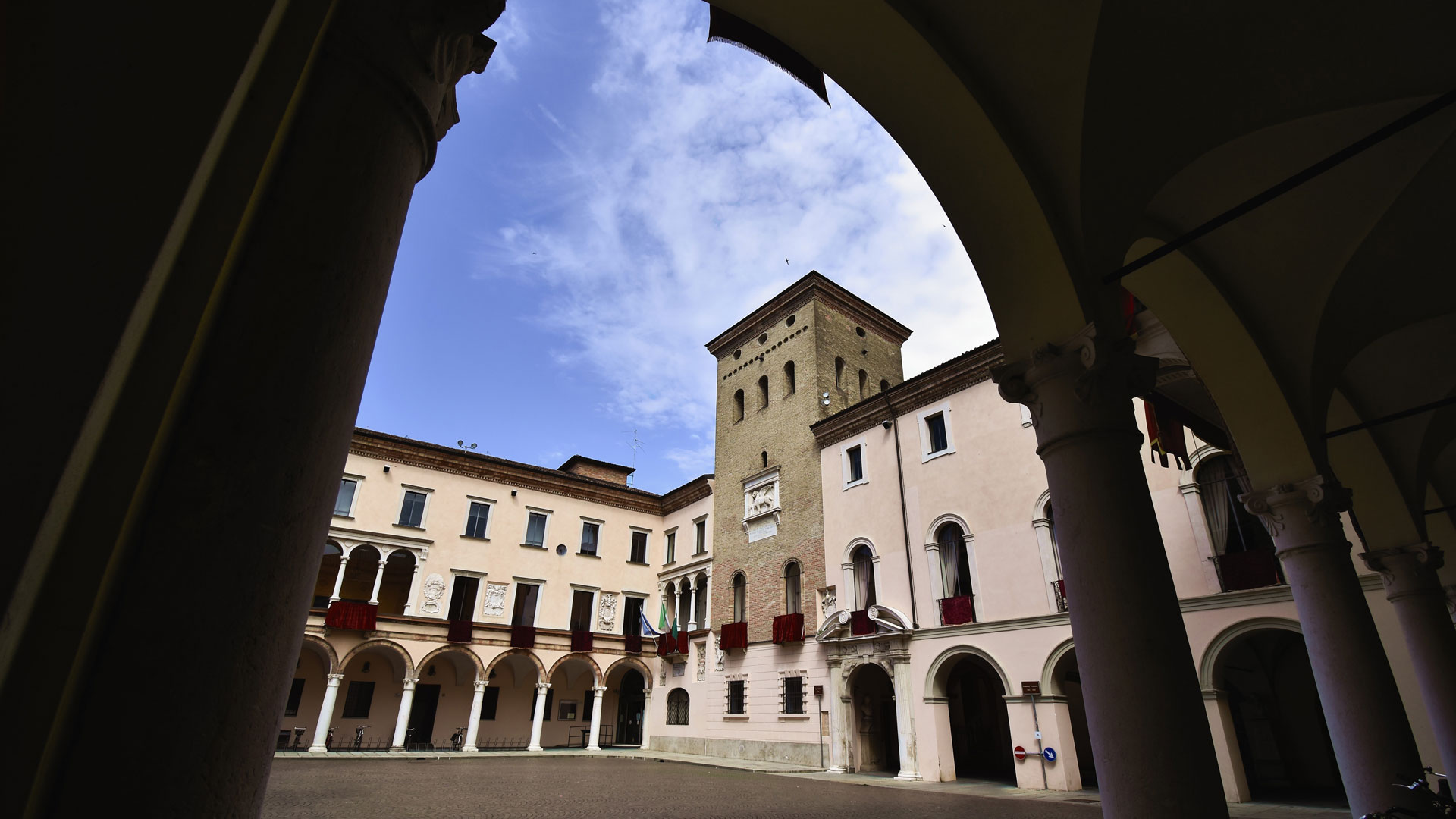
Just across the piazza you come to the church of San Bernardino where you will find the Chapel of Sant’Eligio (first on the right) which displays a canvas representing the Miracle of Sant’Eligio (1639) Fig. 3. The sixth chapel on the left, belonging to the lay Franciscans, has frescoes depicting saints from the Order of San Francesco. For the Chapel of Sant’Antonio (fifth on the left) Barbelli designed the entire decoration (1650-51), with frescoes and paintings dedicated to scenes from the Life of Sant’Antonio da Padova.
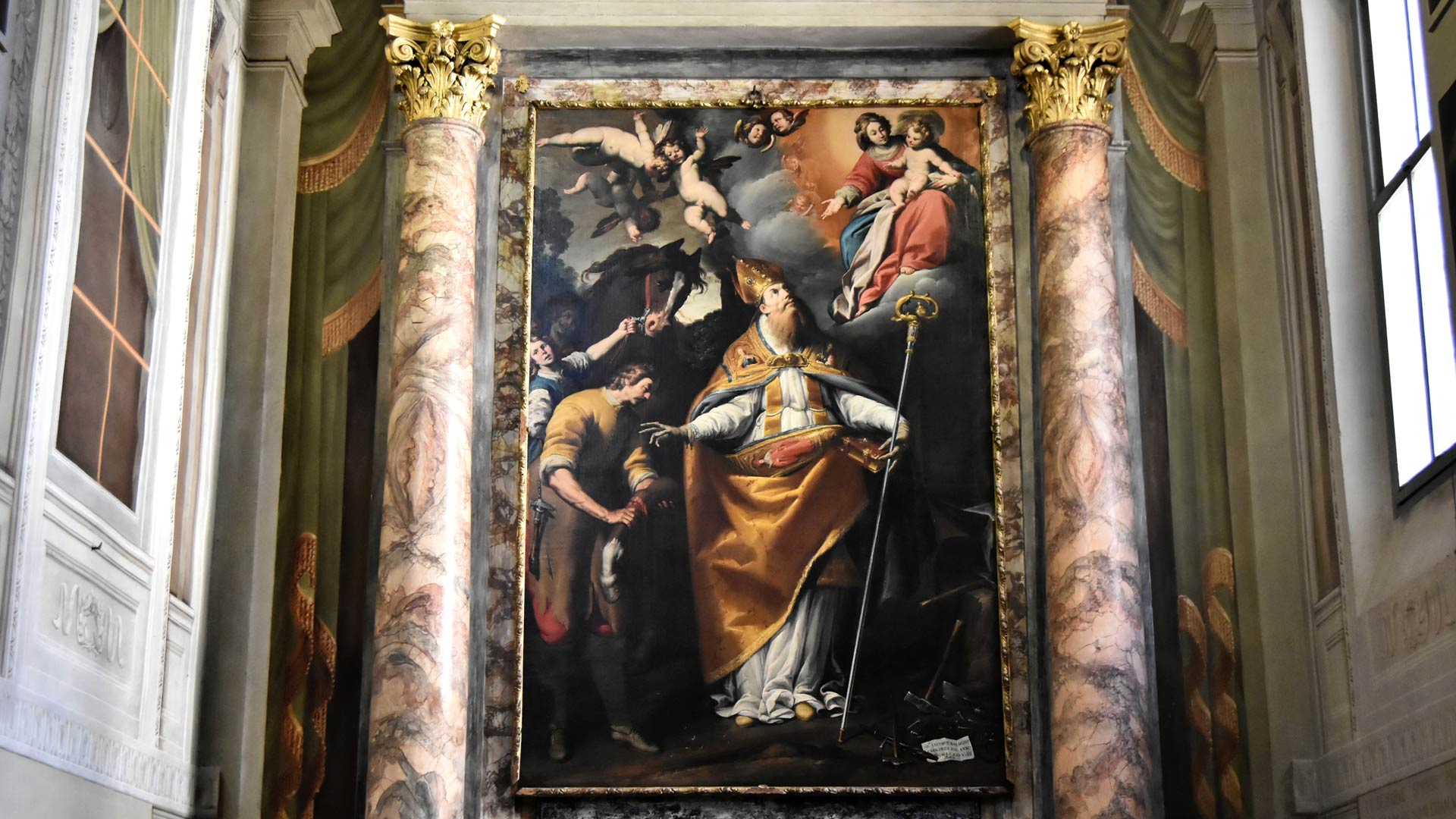
After a short walk we come to the Church of Santa Maria delle Grazie. Barbelli (1641-43) was charged with the decoration of the interiors, which recount scenes from the life of the Virgin Mary with scenographic and theatrical effects in typical Baroque
style. Inside this lovely, little church, the painter showed his skills in perspective, creating an incredible illusion of space. In the middle of the ceiling we can see L’assunzione and in the corner the Evangelists, instead on the wall of the side entrance we can admire the characters of San Rocco and San Sebastiano, which hang below the representation of The Adoration of the Magi.
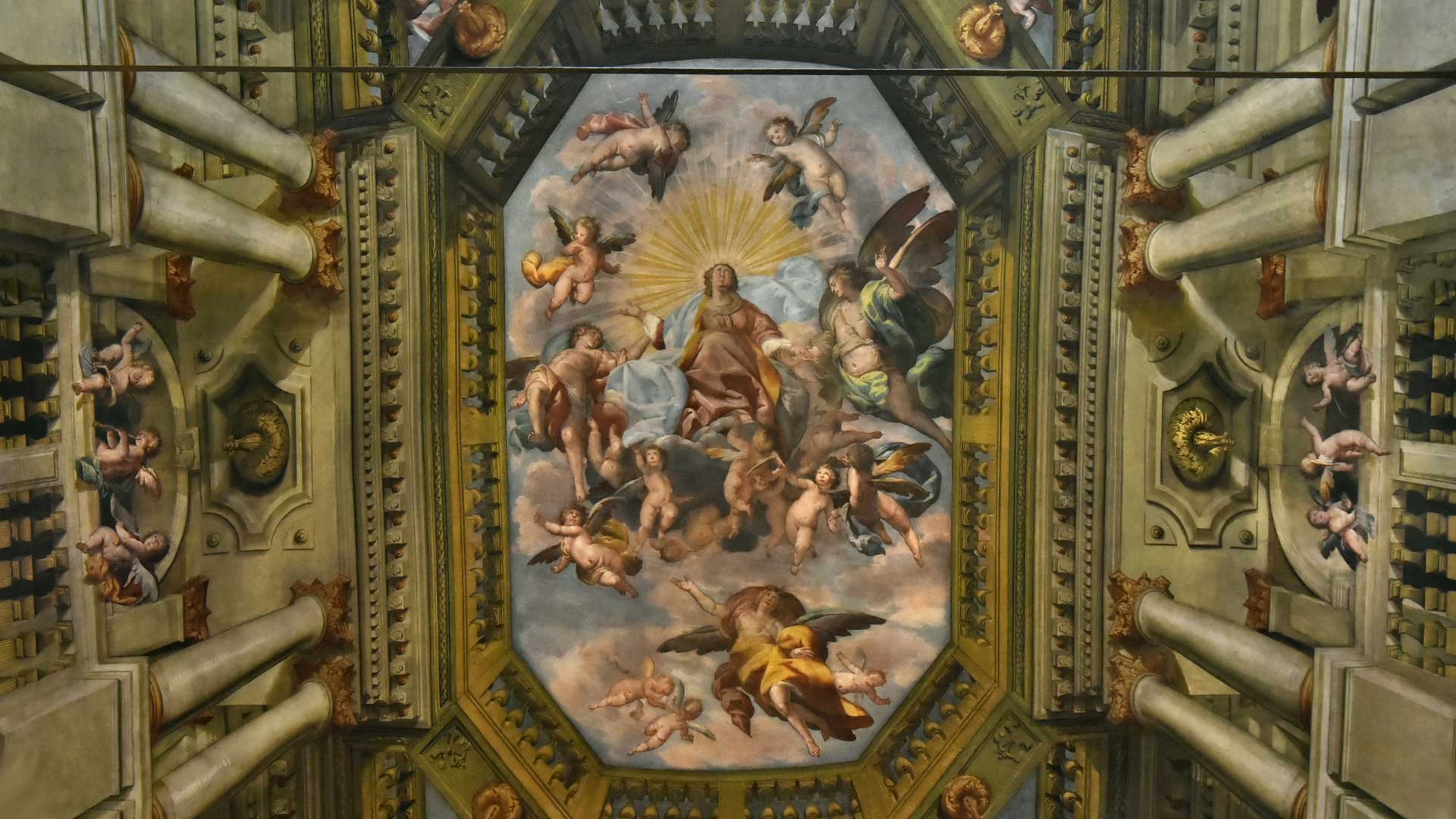
Here ends our journey through the streets of the town centre, but there is still much to see. Town outskirts
In the outer districts of the town we can find other works by the seventeenth-century painter.
In the district of Sabbioni, there is a tiny chapel called Santuario del Pilastrello, which is home to a set of frescoes (1641) dedicated to the Life of the Virgin. Unfortunately these frescoes have suffered deterioration. The parish church of Ombriano, dedicated to Santa Maria Assunta, preserves six canvases with scenes from the Life of the Virgin Mary (1639), which include the Cleansing of the Temple, which is signed and dated.
In the church of San Bartolomeo ai Morti, you can admire the altarpiece representing the martyrdom of San Bartolomeo.
Finally, in the church of San Bernardino outside the town, there are two canvases by Barbelli, Saints Carlo Borromeo and Pantaleone and San Biagio Revives a Child.
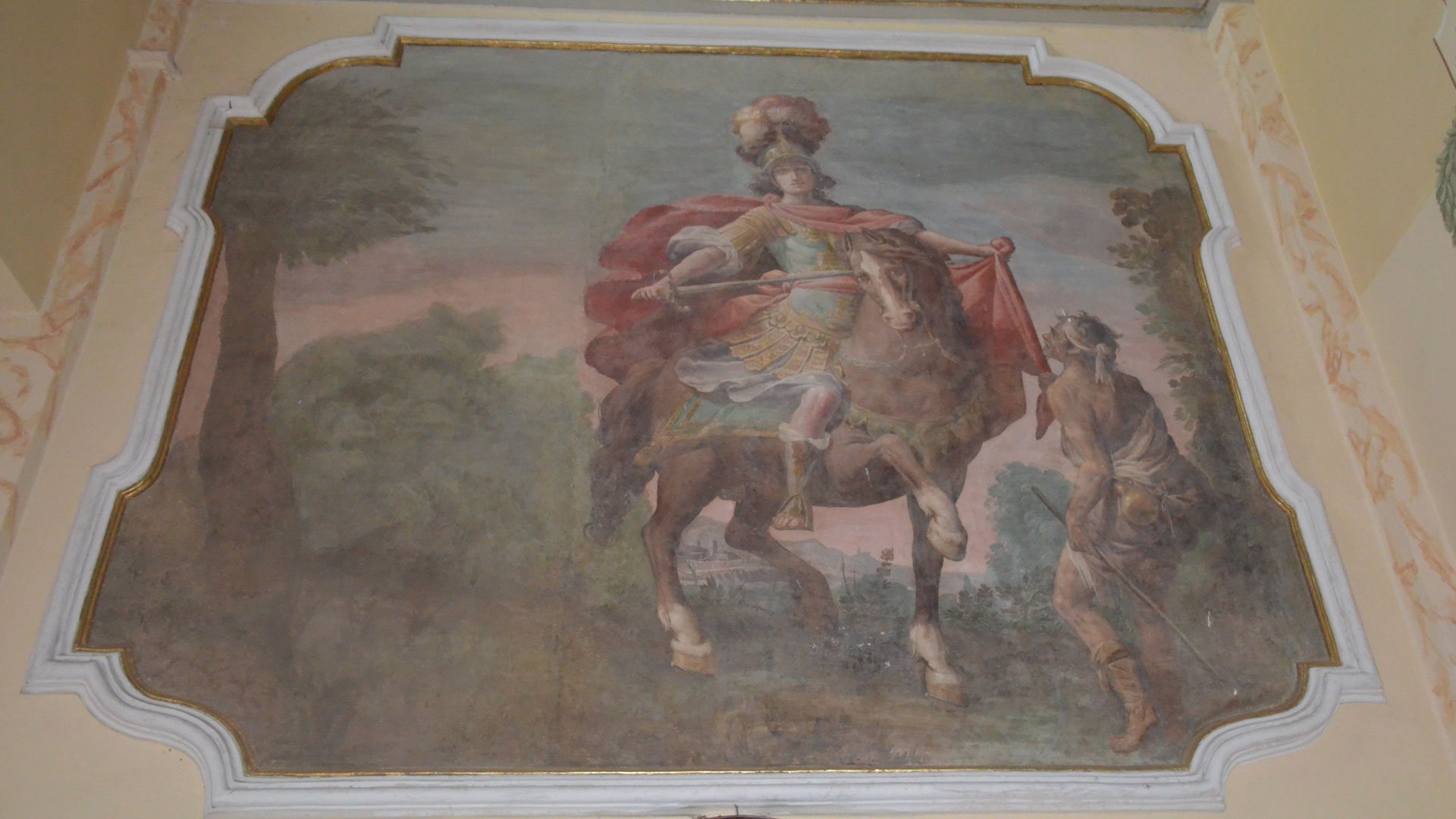
For those who are not yet satisfied and would like to explore the neighbouring towns around Crema, we will leave you with some further suggestions of places where you can find other paintings by Barbelli.
In the oratory of San Rocco in his hometown of Offanengo, you can see the altarpiece of San Michele and the Release of St. Peter from Prison. This is his first signed work dating back to 1622
In Ricengo, in the parish church of Santo Stefano in Casale Cremasco, there is the altarpiece of Saint Anthony of Padua with the child Jesus.
In Madignano, in the parish church of San Pietro, you will find the Holy Trinity and the Saints Rocco and Sebastiano.(1631) FIG 6
In Passerera, under the town council of Capergnanica, you can see some frescoes in the parish church of San Gerolamo; a crucifixion and the stories of San Carlo and San Rocco.
In Montodine the choir and apse of the Oratory of the Rosary were decorated by Gian Giacomo in 1641 with the fifteen mysteries of the Rosary, Christ appearing to Saint Teresa and the vision of Saint Dominic.
Finally in Quintano the oratory of Saint Hippolytus, preserves the Marriage of the Virgin, seen on the ceiling, which was frescoed by the painter in 1641.
Info
The itinerary starts from Church of St. Benedict in Piazza Garibaldi

